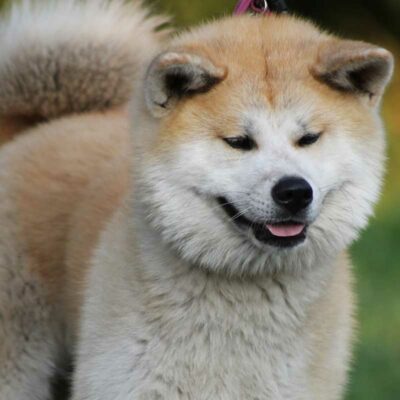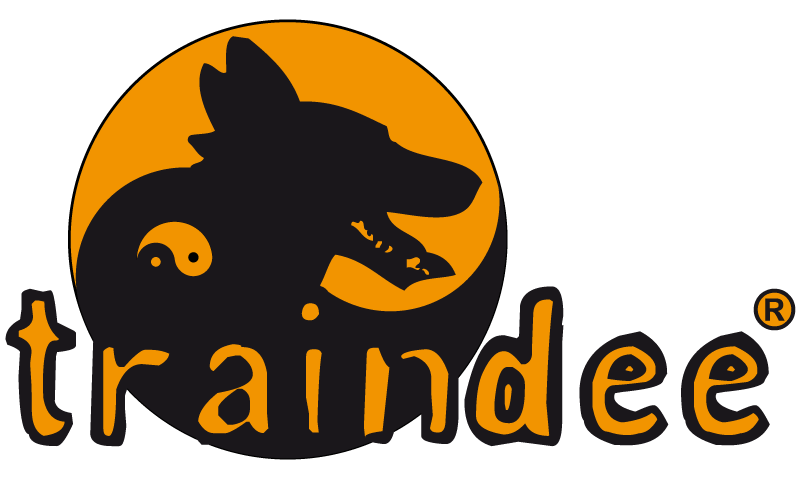The Akita Inu dog breed

The Akita Inu is a formidable and loyal working dog hailing from Japan, characterized by its impressive stature and courageous disposition.
With its distinctive features like a thick double coat, robust neck, triangular erect ears, and a majestic curled tail, it often resembles a cuddly giant stuffed animal.
Despite its reputation for being a protector, the Akita is a contemplative, strong-willed, and reserved breed, reserving its barks for moments of perceived necessity.
While it excels as a guardian and devoted companion, it’s not the most suitable choice for families with small children or other pets.
Akita Inu Characteristics
While the Akita can display surprising sweetness and affection toward family members, it’s better suited for experienced owners in households without young children or other dogs.
If you have the right environment, you’ll gain a loyal and unwavering companion for life.
History of the Akita Inu
The Akita’s roots stretch back to the mountains of northern Japan, where it served as a watchdog and versatile hunter for centuries.
Traditionally, the Akita symbolized health and good fortune in Japanese culture, receiving recognition as a Japanese Natural Monument in 1931. The breed’s popularity waned during World War II when many were ordered to be destroyed, but post-war efforts aimed at revitalizing the breed succeeded. The Akita made its way to the U.S., with Helen Keller playing a role in its introduction, and it gained recognition from the American Kennel Club in 1972.
Japanese and American Akita standards vary, with the former having a limited range of colors and the latter embracing all colors. American Akitas tend to retain more characteristics from crossbreeding, resulting in larger, heavier-boned dogs with a bear-like head, while Japanese Akitas typically feature a more fox-like head.
The legendary loyalty of Akitas is exemplified by the story of Hachiko, a dog that waited for its owner at the train station for nine years after the owner’s passing.
Akita Inu Care
Akitas are known for their strength, athleticism, and need for substantial exercise. They are also heavy shedders and may exhibit cat-like behavior when it comes to cleanliness. This breed is sensitive to heat due to its thick coat, so vigilance is required to prevent overheating.
Exercise
Akitas have a high energy level, necessitating at least 30 to 60 minutes of daily exercise, which should include brisk walks or other physical activities. Due to potential aggressive tendencies toward other dogs, dog park visits may not be suitable.
Grooming
With their stiff outer coat and soft undercoat, Akitas require weekly brushing to maintain coat health and reduce shedding. More frequent brushing may be necessary during peak shedding seasons.
Training
Akitas are intelligent yet can be willful and stubborn, making obedience training and socialization crucial. They have a strong prey drive, are often cautious around strangers, and may not always get along with other dogs.
Common Health Problems
While responsible breeders aim to maintain high standards to minimize health conditions, some hereditary issues may still affect Akitas, including
- hip dysplasia
- gastric dilatation-volvulus
- hypothyroidism
- sebaceous adenitis (SA).
Diet and Nutrition
Akita Inu puppies need a high-quality, low-calorie diet to support healthy growth. Adult Akita Inus should receive three to five cups of dry food split into two meals each day. Weight management is crucial, and you should consult your veterinarian for any special dietary needs.


